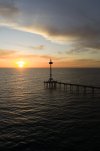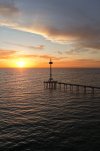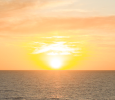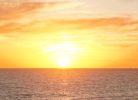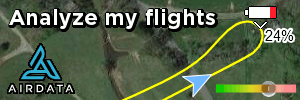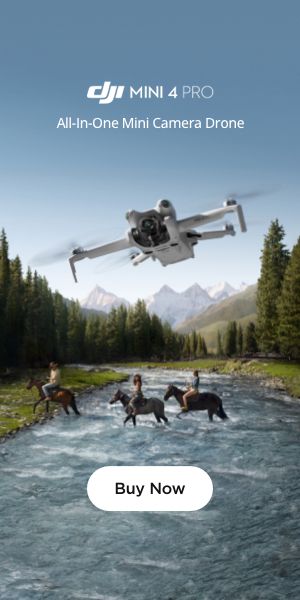Hi everyone,
New owner of a Mavic 4 Pro here. I was testing capturing photos directly into the sun, and for some reason, I'm finding that the JPG photo is giving a much more pleasing representation of direct sun glare than the RAW photo. Any ideas why this would be?
I am already aware that shooting video in D-LOG M is giving superior dynamic range to D-LOG (as this video explains: )
Could the same software / dual ISO trickery be also happening with the Mavic 4 photo mode to make it that shooting JPG is superior to shooting RAW in high dynamic range situations... (like direct sun?). Or am I doing something wrong with my RAW photos?
Any ideas/suggestions would be welcome. I'm baffled.
I'll attach examples here.
The original DNG file is 127MG & the original JPG file is 47MB. So I've put them both into photoshop, reduced by 80%, and exported as jpgs. While this isn't the original files, it's still a representation of the difference. Look at the sun and the range of colour/light outwards from the sun's centre in both images. The DNG seems to have like 3 colours/intensity of light. The JPG has a much more pleasant gradient of colour and light. This is more than just increased saturation...
Any idea what is going on? Thanks so much.
New owner of a Mavic 4 Pro here. I was testing capturing photos directly into the sun, and for some reason, I'm finding that the JPG photo is giving a much more pleasing representation of direct sun glare than the RAW photo. Any ideas why this would be?
I am already aware that shooting video in D-LOG M is giving superior dynamic range to D-LOG (as this video explains: )
Could the same software / dual ISO trickery be also happening with the Mavic 4 photo mode to make it that shooting JPG is superior to shooting RAW in high dynamic range situations... (like direct sun?). Or am I doing something wrong with my RAW photos?
Any ideas/suggestions would be welcome. I'm baffled.
I'll attach examples here.
The original DNG file is 127MG & the original JPG file is 47MB. So I've put them both into photoshop, reduced by 80%, and exported as jpgs. While this isn't the original files, it's still a representation of the difference. Look at the sun and the range of colour/light outwards from the sun's centre in both images. The DNG seems to have like 3 colours/intensity of light. The JPG has a much more pleasant gradient of colour and light. This is more than just increased saturation...
Any idea what is going on? Thanks so much.



